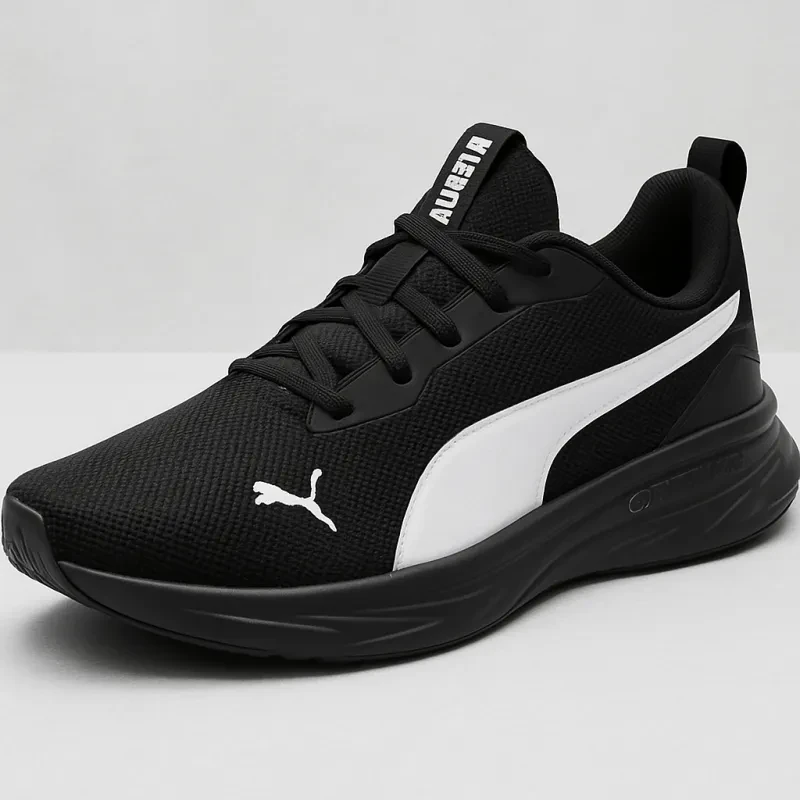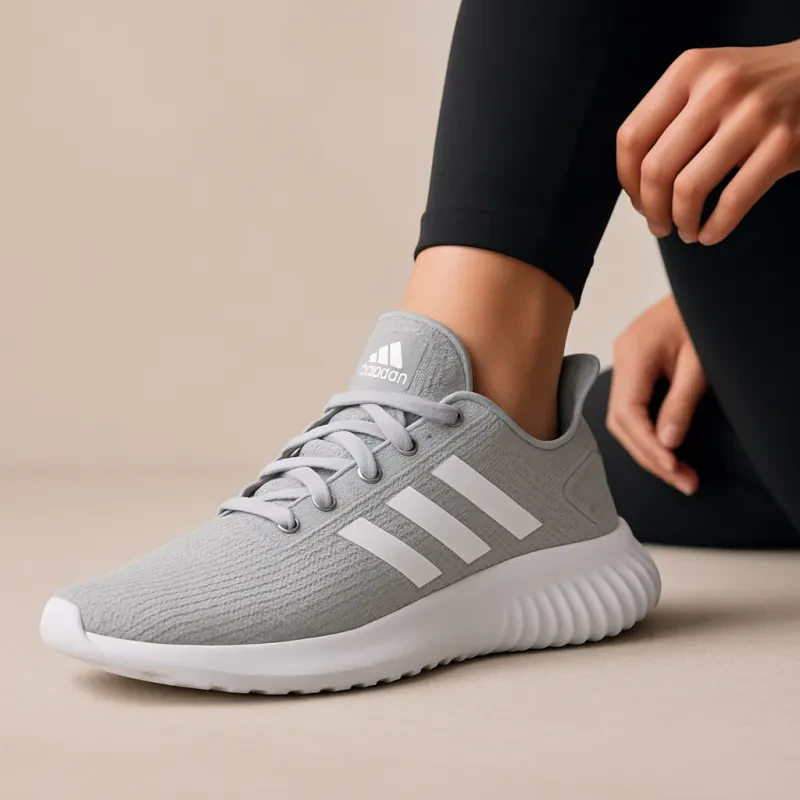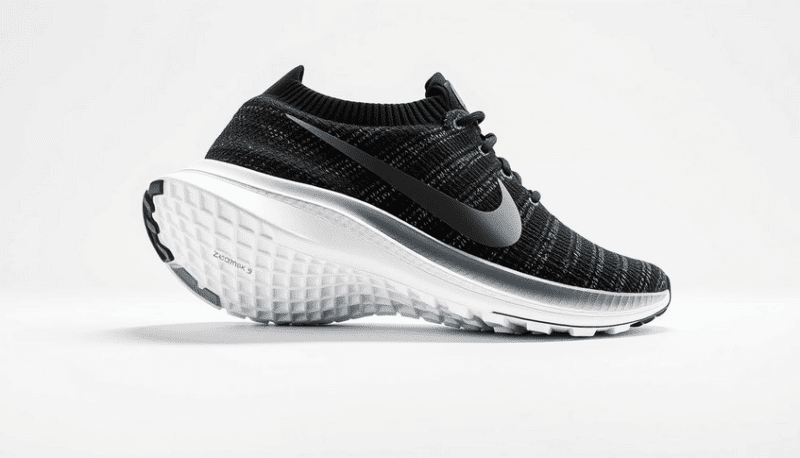Selecting the best running shoes can seem overwhelming with so many options available. The right pair should provide comfort, support, and enhance your running experience. It's crucial to understand your foot type and running style to make an informed decision.

Different types of running shoes cater to various needs. Whether you're seeking lightweight options for speed or shoes with extra cushioning for long-distance runs, identifying what suits your requirements can make all the difference. Consider factors like midsole thickness, material, and overall fit to find the perfect balance between comfort and performance.
Trying different brands and styles can help pinpoint which shoes work best for you. Consider the terrain you'll be running on, your training goals, and any personal preferences like firmness or flexibility. By investing time in selecting the right pair, you ensure a more enjoyable and effective running journey.
Key Takeaways
- Choose shoes that fit your running style and foot type.
- Consider key features like cushioning and support.
- Test different options to find the most comfortable fit.
Understanding Running Shoe Types
Choosing the right running shoes involves considering specific needs such as stability for uneven strides, cushioning for comfort, and minimalism for a natural feel. Different shoe types cater to these needs, offering diverse benefits like motion control and comfort.
Stability Running Shoes
Stability shoes are designed to support runners who overpronate, meaning their feet roll inward too much when running. These shoes help in maintaining proper alignment by providing additional support around the arch of the foot.
They often feature a denser foam on the inside edge, which gives the necessary support to prevent the excessive inward rolling. This helps in reducing the risk of injuries related to overpronation, such as shin splints and plantar fasciitis. Motion control shoes are a subset that provide even more support for severe overpronation cases.
Cushioned Running Shoes
Cushioned running shoes are ideal for those who prefer extra comfort and are often used for running on hard surfaces. They offer a soft and plush feel, making the running experience more comfortable by absorbing shock and reducing stress on joints.
These shoes have thicker soles and use materials like gel or foam to provide a softer landing. Maximalist running shoes fall under this category, offering the maximum amount of cushioning possible. They are preferred by long-distance runners due to the added comfort and reduced impact on the knees and hips.
Minimalist and Barefoot Shoes
Minimalist shoes focus on providing a more natural running experience. They have a lightweight design, little or no heel drop, and a thin sole, allowing runners to feel connected to the ground. Barefoot shoes take this a step further with minimal padding and no arch support.
These shoes promote a forefoot or midfoot strike, which can strengthen foot muscles and improve running form over time. They encourage the natural motion of the foot, but transitioning to minimalist or barefoot shoes should be gradual to avoid injuries.
Key Shoe Features and Fit

Choosing the right running shoes involves understanding specific features that affect comfort and performance. Cushioning, fit, size, and heel-to-toe drop all play critical roles in matching shoes to individual needs.
Cushioning and Comfort
Cushioning helps absorb impact and provides comfort during a run. The amount of cushioning affects how the shoe feels underfoot. High-cushion shoes offer a softer feel and are ideal for long-distance runners who need extra comfort. Minimalist shoes, with less cushioning, provide a closer-to-the-ground feel. They allow for more natural foot movement but require time to adjust. Comfort also involves considering the materials used in the shoe’s upper, ensuring they are breathable and supportive.
Fit and Size
The fit and size of a running shoe are crucial for preventing discomfort and injury. Shoes should have enough room in the toe box to wiggle toes but not be too loose to cause blisters. Measuring both the length and width of the foot is essential for a proper fit. Many brands offer different widths, so trying several options helps find the best match. Checking for a snug fit around the heel prevents slipping without causing pressure points.
Heel-to-Toe Drop
The heel-to-toe drop, also known as the heel drop, is the difference in height between the heel and forefoot. It affects running form and comfort. Shoes with a higher drop (10 mm or more) shift the impact to the heel and may suit heel strikers. Lower drop shoes (0-4 mm) encourage a more natural running style, closer to barefoot running. Runners switching to a lower drop should transition gradually to help the body adjust. Understanding the heel-to-toe drop helps in selecting shoes that match personal running form and goals.
Biomechanics and Personalization

Choosing the right running shoes involves understanding how your body moves and the unique shape of your feet. This section explores how pronation and foot arch type can guide your shoe selection.
Pronation and Gait Analysis
Gait analysis identifies how your foot lands and pushes off while running. Pronation refers to the inward roll of the foot during this process. Some runners overpronate, which could lead to injuries if not addressed.
Neutral gait involves the foot landing on the outer heel and rolling evenly to distribute weight. Runners with this pattern typically require neutral shoes.
Stability features in shoes can help those who overpronate by providing extra support. Understanding your pronation type is key for finding shoes that help prevent injury and improve comfort.
Foot Shape and Arch Type
Foot shape and arch type are crucial when selecting running shoes. People with low, neutral, or high arches have different support needs.
Low arches, or flat feet, often need shoes with added structure to prevent excessive inward rolling, known as overpronation. High arches, on the other hand, may be prone to underpronate or supinate, needing shoes with extra cushioning to absorb impact.
Arch type is typically assessed by looking at the footprint left when wet. Shoes should be selected to complement these natural features, ensuring better performance and comfort.
In summary, personalized shoe choices based on biomechanics ensure optimal performance and comfort.
Practical Considerations

When selecting running shoes, it's essential to evaluate their performance on various terrains and understand longevity indicators. Recognizing these practical considerations ensures the best experience and helps protect one's feet and legs from potential injuries.
Shoe Performance and Terrain
Running shoe performance hinges on how they adapt to different terrains. For road running, shoes with good energy return and a lightweight design help increase speed and efficiency. Shock-absorbent midsoles protect joints from hard surfaces like pavements.
For those venturing on trails, trail running shoes with strong traction provide the grip needed on uneven or slippery paths. These shoes typically have a more robust rubber outsole to withstand rough conditions. Matching the shoe to the terrain maximizes comfort and supports overall performance needs.
Durability and Signs of Wear
Durability is crucial since worn-out shoes can cause discomfort and injury. Running shoes generally last between 400 and 500 miles, depending on usage. It's important to regularly inspect for signs of wear, such as flattened midsoles or frayed outsoles, which indicate it's time for replacement.
Proper shoe maintenance can also extend their lifespan. For competitive runners, regularly updating their running gear ensures the best performance. Environmental considerations, like the shoe's carbon footprint, can influence decisions for sustainable options without compromising on durability or performance.
Frequently Asked Questions

Finding the best running shoes depends on foot type, fit, and the specific needs of the runner. Factors like long-distance suitability, gender-specific considerations, and shoe categories play a crucial role in making the right choice.
What criteria should be considered when selecting running shoes for beginners?
Beginners should focus on comfort and fit. They need shoes with good cushioning and support to prevent injury. Visiting a specialty store can help get a proper fitting. Beginners should also consider shoes that provide stability and have a simple design.
How can I determine my foot type for choosing the right running shoes?
Determining foot type involves looking at the arch. Some people have high arches, others have low or flat arches. This affects how one runs. A wet foot test or visiting a specialist can help identify foot type, which is essential for finding proper support.
What are the key features to look for in running shoes for long-distance events like 5k and 10k?
For long distances, durability and cushioning matter most. Shoes should have a snug midfoot fit and a bit of room in the toe area. Breathable materials keep feet cooler during the run. Lightweight shoes lessen fatigue.
What factors should women specifically consider when choosing running shoes?
Women may need a slightly different design than men. This includes customized cushioning and potentially narrower widths. Women's shoes might have a different heel-to-toe drop. Foot structure and biomechanics should guide choices.
How are running shoes categorized, and how does each type benefit different runners?
Running shoes fall into several categories like neutral, stability, and motion control. Neutral shoes are for those with normal arches. Stability shoes add support for overpronators. Motion control shoes suit those with severe overpronation.
What steps can I take to ensure I find the best fitting running shoes for my needs?
To find the best fit, try on shoes in the evening when feet are largest. Wear the socks intended for running. Ensuring enough wiggle room for toes and a snug feel at the heel is crucial. Testing with a jog in-store also helps determine if they meet one's needs.
DISCLAIMER
This document is provided for general information purposes only and should not be relied upon as providing legal advice, technical, or specific operational guidance to the reader, whether as to the practices described in the document or the applicable legal requirements and regulations. Saveonsneaks.com expressly disclaims any responsibility for liability arising from or related to the use or misuse of any information in this document.



